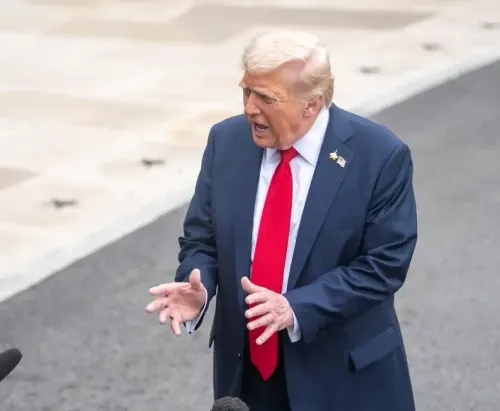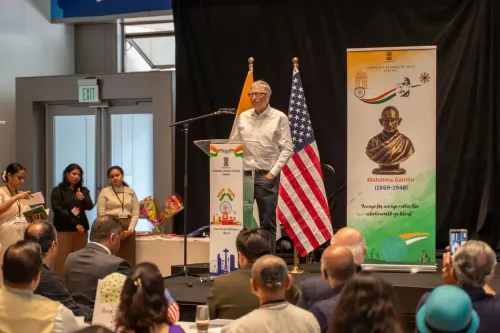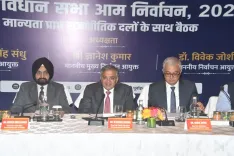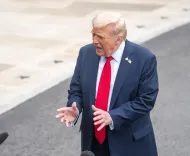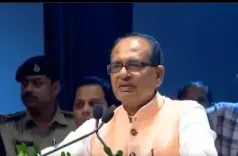Is J&K's transformation a decisive blow to those who justified violence as resistance?
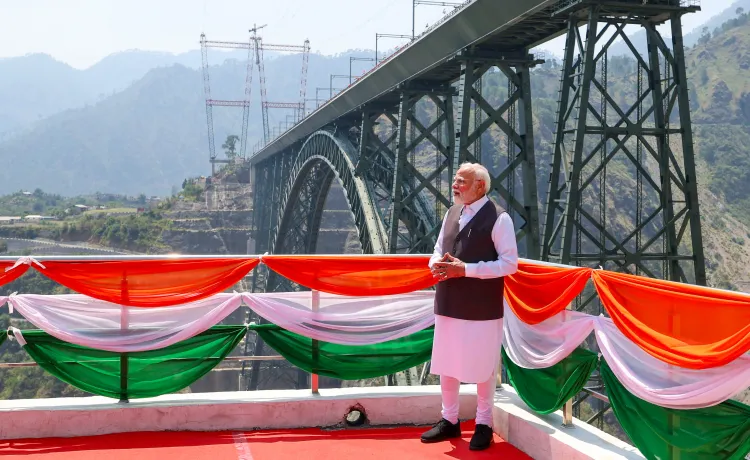
Synopsis
Key Takeaways
- Jammu and Kashmir has undergone a significant transformation since 2019, emphasizing development over violence.
- The Indian government has heavily invested in infrastructure projects, connecting the region to the rest of the country.
- The Chenab Railway Bridge and Tunnel T-50 are major milestones that symbolize progress.
- Local communities are actively involved in the region's development, reclaiming their identity.
- Despite challenges from extremist violence, the focus remains on building a stable and prosperous future.
Washington, Aug 1 (NationPress) A prominent global analyst on Friday commended the significant advancements in Jammu and Kashmir, particularly the transformation following 2019. He asserted that the extensive changes in a region historically plagued by turmoil and militant activity are not merely superficial but are deeply rooted, effectively undermining the narrative used by extremists.
John Spencer, the Executive Director of the Urban Warfare Institute based in the US, recently visited India and explored Jammu and Kashmir to observe directly how the region is developing physically, economically, and psychologically towards a future free from violence.
In the fiscal year 2024–25 alone, the Indian government allocated over ₹10,516 crore (approximately USD 1.3 billion) to Jammu and Kashmir. This investment is funding projects that physically and metaphorically connect Kashmir with the rest of India, Spencer noted in his article titled 'The Beauty of the Developing Jammu and Kashmir', which he shared on X.
Among the most ambitious projects are the new rail and transport corridors that are integrating Kashmir with the rest of the nation. The Chenab Railway Bridge, now recognized as the tallest railway arch bridge globally at 359 meters, was constructed at a cost of ₹35,000 crore (USD 3.7 billion). It is hailed as the crown jewel of the Udhampur–Srinagar–Baramulla rail line, a corridor that is redefining the region’s economic and strategic landscape. Additionally, the Anji Khad Bridge, India’s first cable-stayed railway bridge, connects the challenging terrains of the Reasi district. In February 2024, Tunnel T-50, India’s longest rail tunnel at 12.775 kilometers, was inaugurated, traversing the Pir Panjal range to facilitate year-round access.
Spencer emphasized, “This is not merely engineering; it is statecraft embodied in concrete and steel.”
The expert noted that this transformation began in 2019 when India revoked Article 370, which stripped Jammu and Kashmir of its special autonomous status.
“This bold constitutional reform was met with apprehension by many observers, particularly outside India, who feared it would incite increased unrest. However, the subsequent years have revealed a different narrative: one characterized by substantial investments, groundbreaking infrastructure, and a revival of public life,” Spencer explained.
Roadways expanded, schools were constructed, businesses launched, and tourism flourished, with over 23 million visitors arriving in Jammu and Kashmir in the past year.
“What once symbolized insurgency is now evolving into a destination for families, entrepreneurs, and builders. Most importantly, the people of Kashmir are actively participating in this transformation. It is not an imposition; it is a collaborative effort among many to reclaim agency over their future,” Spencer articulated.
Yet, this transformation has met resistance, he pointed out, referencing the tragic April 22 Pahalgam attack where terrorists affiliated with a Pakistan-based group killed 26 individuals and injured at least 17 others.
“The victims included pilgrims, tourists, and local residents. This atrocity shocked India, instigated a brief conflict with Pakistan, and garnered international attention. However, the underlying reason for this attack received insufficient focus. It was not an arbitrary act; rather, it was a deliberate act of terrorism aimed at undermining the stability that Kashmir's development signifies. Extremist factions recognize that advancements in infrastructure, tourism, and rising civilian morale threaten their relevance. The Pahalgam attack exemplifies an attempt to stifle this progress, not through military defeat but by instilling fear,” Spencer elaborated.
Highlighting that stability inherently opposes extremism, he praised the progress in Jammu and Kashmir, asserting that every new road, every bridge, and every child in a functioning school represents a significant blow to ideologies that justify violence as a form of resistance.
“Kashmir's natural beauty has always been apparent. However, what I witnessed during my visit was even more profound. A community is reclaiming its lost identity and constructing a future that must never again be jeopardized. A home that was once lost is being rediscovered and fortified like never before,” Spencer concluded.


